How could a mother not love that face?
Renaissance cute overload.
Renaissance cute overload.
[click to enlarge]
It's not really surprising that the Nuremberg botanist and apothecary, Basilius (Basil) Besler (1561–1629) managed to assemble one of the finest Wunderkammern (Cabinet of Curiosities) in Germany in the early 17th century. He was, after all, head of the famed 'Hortus Eystettensis' project in Bavaria, which gave him access to some of the most exotic plants from around the world.
Given the prevailing 'collection mentality' of the era, it was a logical progression for Besler to widen his scope of acquisition to include further esoteric specimens from the natural world. And of course, there was no use investing the time, energy and money into a collection if it wasn't documented for posterity, prestige and/or the furthering of science. Besler was in fact one of those scientific types probing towards a logical arrangement of the plant and animal kingdoms with an unsophisticated yet purposeful stab at descriptive species names and orderly divisions of associated specimens a century and a half ahead of Linnaeus.
The images above come from a small publication from 1616 called 'Fasiculus Rariorum' which includes about 30 plates by Petrus Iselburg (Peter Isselburg), who engraved 'Emblemata Politica' the following year. The only illustration that seems familiar to me is the coiled snake, so perhaps there is a tad more originality in these Iselburg engravings than in his later emblemata. But I don't know that for sure.
'Fasiculus Rariorum'** is online at L'Université Louis Pasteur in Strasbourg but I think I've posted the cream of the crop above. This site offers very large page images however, in a zippy interface. {Actually, they have 2 editions of this book. The only difference in the later issue -1622- was a substitution of the word 'Continuatio' for 'Fasiculus' on the titlepage. I think the first edition images were better quality anyway.}
Besler's collection was inherited by his nephew, the doctor and pharmacist, Michael Rupert Besler. He expanded the collection and another book documenting the contents - more famous than his uncle's - was produced in 1642. A first edition copy of the wonderfully named 'Gazophylacium Rerum Naturalium' (A Treasure Trove of Nature) is a steal at $57,000. Or an early 18th century version is only $11,000.
**UPDATE 2012: The original link to Strasbourg Digital Library appears to be dead but they have shifted to a new host/system which, in this case, includes a new version of the book seen above. It's the same book - link in large text above has been changed - but the book title is different and is now: 'Continuatio rariorum et aspectu dignorum varii generis'.
**UPDATE Pt. 2: I now see that Strasbourg have 2 versions of the same book (ie. 2 different titles but the books are the same). The original book is still available, but the link has moved to HERE.

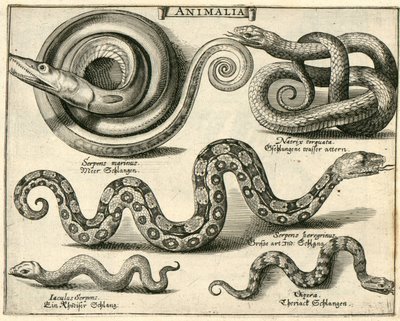
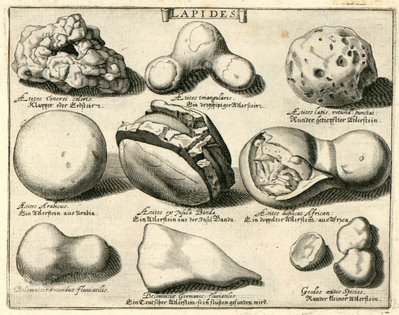
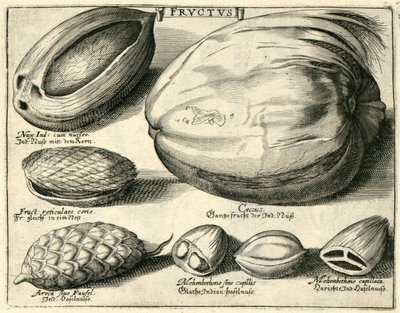
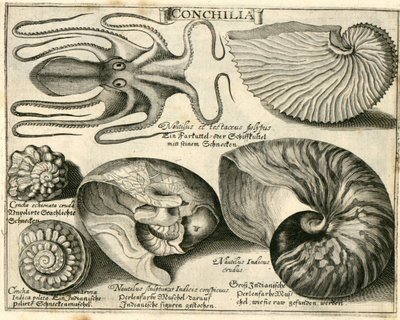
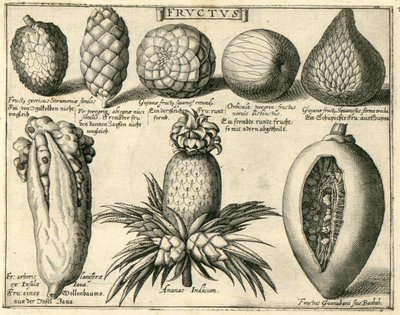
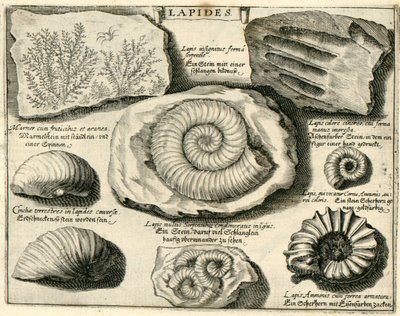

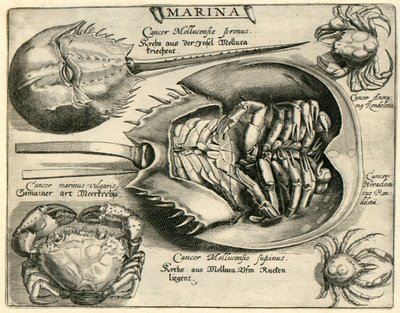
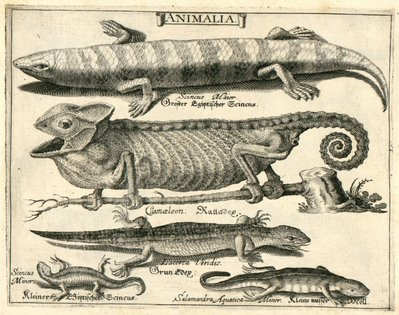

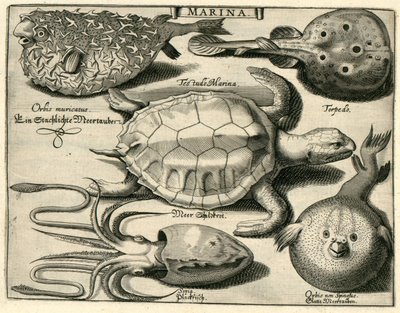
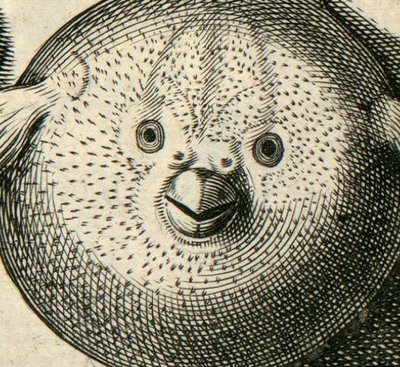



















4 comments :
renaissance cute overload! indeed. you made me laugh out loud. :)
gl. at scarlet star studios
No "idiot" in any way.
I love your blog!!!!!
El Ganso Goloso
Fantastic Blog! Love it!
Thanks all.
Just for the record: Barista is a madman. Heh.
Post a Comment
Comments are all moderated so don't waste your time spamming: they will never show up.
If you include ANY links that aren't pertinent to the blog post or discussion they will be deleted and a rash will break out in your underwear.
Also: please play the ball and not the person.
Note: only a member of this blog may post a comment.